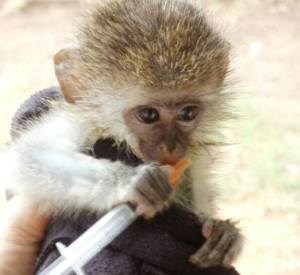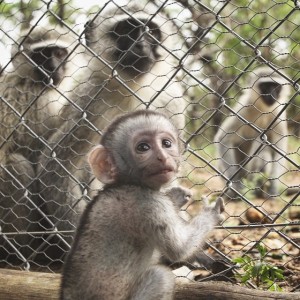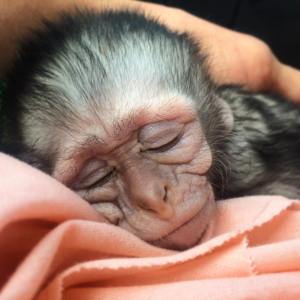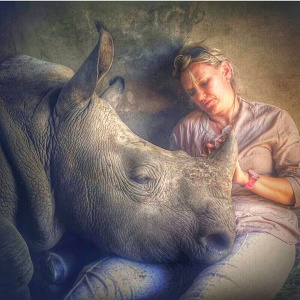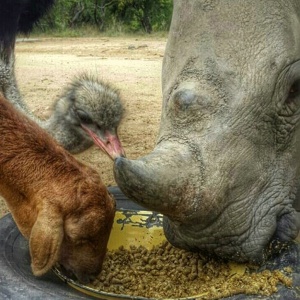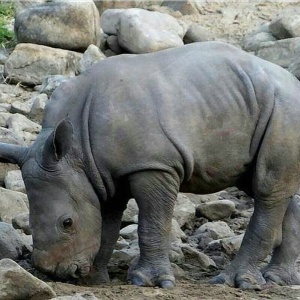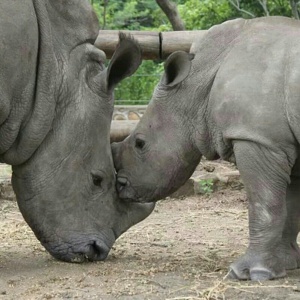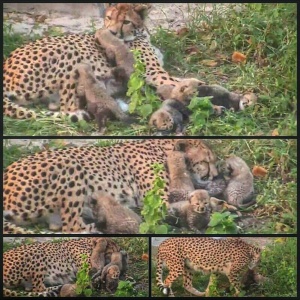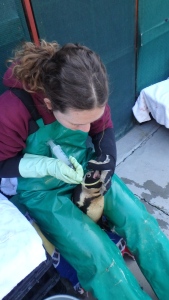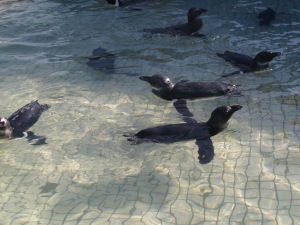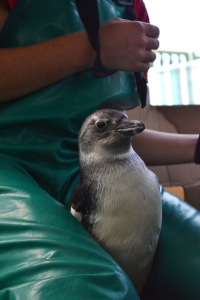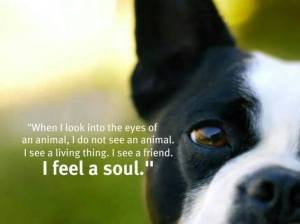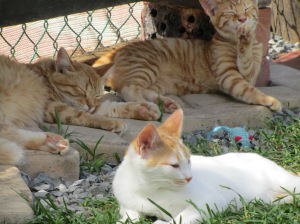Job Opportunity for Primate Carer. 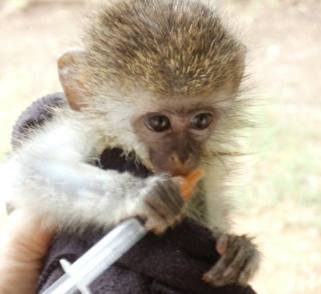
Who could not love these wonderful little critters? You have to be honest – you cannot resist such a cute face. Could you?
The Vervet Monkey Sanctuary was established in 1989 after seeing the need for an organisation to provide a sanctuary for the Vervet Monkeys and to holistically investigate what was in fact happening to this indigenous primate of South Africa. During the past decade the Foundation has developed a unique rehabilitation progam that has helped revolutionise the way in which primates are rehabilitated. Their enclosure designs are now utilised in similar primate projects. Fundamentally, the Foundation has saved and improved the lives of more than six hundred vervet monkeys. 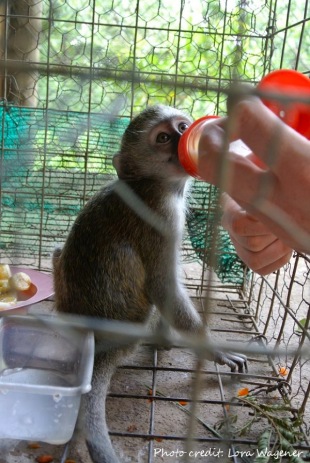 The foundation has also achieved many firsts in the rehabilitation of this primate species with the aid of volunteers, gap year students and primate carers.
The foundation has also achieved many firsts in the rehabilitation of this primate species with the aid of volunteers, gap year students and primate carers.
Situated in the attractive subtropical garden town of Tzaneen, with a colourful profusion of indigenous and exotic flowers and vegetation. An above average summer rainfall and temperate climate all year round ensures that everything grows here in great abundance – nuts, avocados and other vegetables, fruits (especially citrus fruits, mangoes, bananas and litchis), coffee, tea and cotton. Close by are extensive emerald green tea plantations and the surrounding mountain slopes are heavily forested with timber plantations of pine and blue gum. Tzaneen is the second largest town in the Northern Province and is situated in the foothills of the impressive Wolkberg (Cloud Mountain), the northern reaches of the Drakensberg Mountain range. The town is the commercial center for the district with 80 000 people residing in its area of jurisdiction and 650 000 people residing within a 30km radius. To this day, the Vervet Monkey project remains a popular project with our volunteers, some who do this project and then come to Cape Town to do the popular African Penguin Rehabilitation project. So when the Vervet put out an advertisement for a Primate Carer, it was natural for us to share this on our Facebook page too and two days after appearing on Facebook, I received a message from one of our past volunteers who said, and I quote “I would just like to thank you for sharing the Vervet Monkey Foundation link to their job opportunities. I applied yesterday and then had a Skype interview with them today and they have offered me a role as Primate Carer. This means I will be moving to South Africa very soon and I am super excited! I am very grateful to you for sharing that link, meaning my life is going to change! This is going to completely reshape my entire life, all thanks to you for sharing that link! Thank you so much.”
This is not the first time, a volunteer has used their volunteering experience to make big moves in their careers. From volunteering on our African Penguin project, some volunteers have achieved great careers with Zoo’s in both the United States and the United Kingdom. These volunteers came to South Africa knowing they wanted to study and work in the field of wildlife conservation or marine conservation (but were not entirely sure), fell in love with the idea whilst volunteering on their project and then went on to study and working to fulfil their dream. We are so proud of all our volunteers.
Despite what many people have said on the internet about a Gap Year experience, our volunteers have only had good experiences and have carved out success in their lives

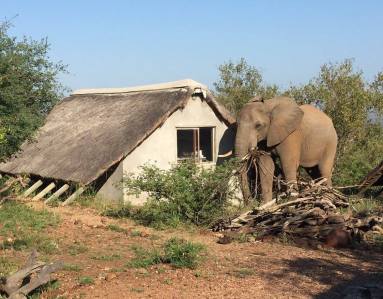
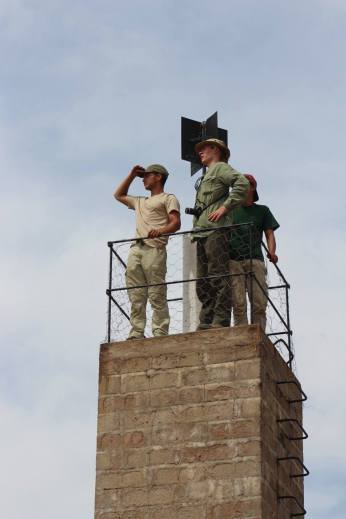
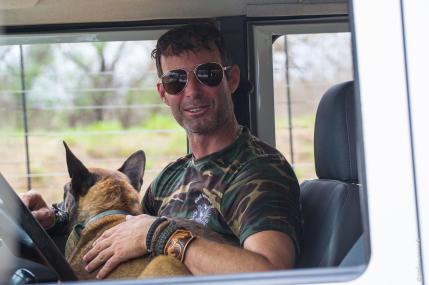
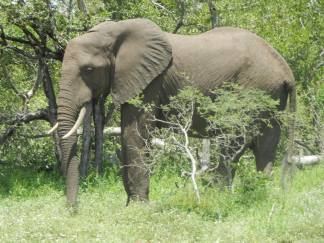 rather than environmental destroyers; and finally game counts which are carried out almost daily and will hopefully cut out the need for disruptive and expensive aerial game counts and give more accurate information on the number and composition of mammals of Balule, and then can be used as a future way for counting game in other areas. This data will be given to the head warden so he has hard facts behind future management policies. Spencer says it will take five years to collect all the data he needs.
rather than environmental destroyers; and finally game counts which are carried out almost daily and will hopefully cut out the need for disruptive and expensive aerial game counts and give more accurate information on the number and composition of mammals of Balule, and then can be used as a future way for counting game in other areas. This data will be given to the head warden so he has hard facts behind future management policies. Spencer says it will take five years to collect all the data he needs.